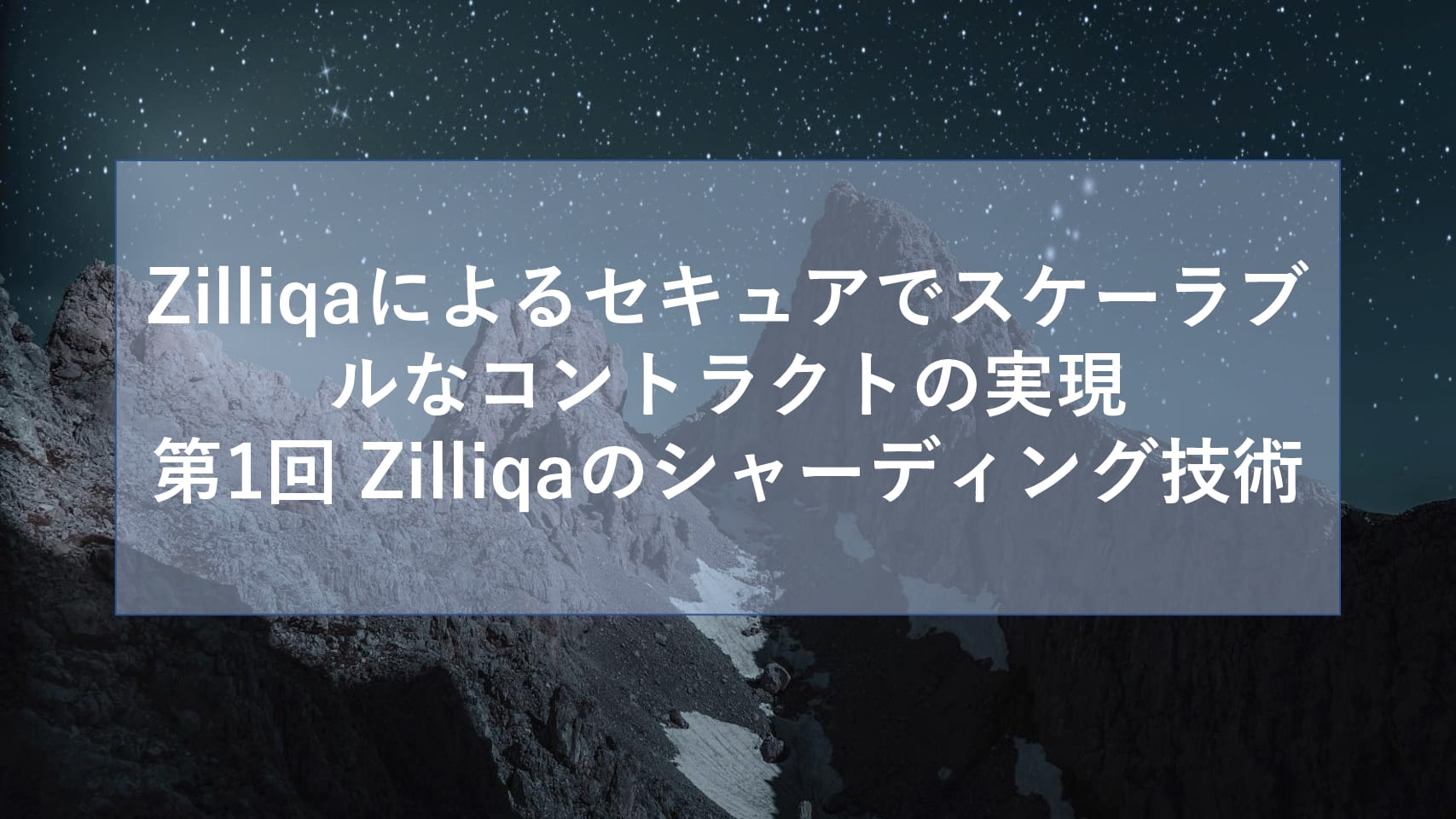自分用メモです。
他人にわかるように書いてません。(そのうち書くかも?)
最近流行りのprivate chainとかpermissioned, permissonless とか理解するための基礎知識。
DMMS
- Dynamic Membership Multiple-party Signature の略
Tim Swansonのブログの引用
In short, there is no gating or authorizing process to enroll for creating and submitting proofs-of-work: theoretically, validating Bitcoin transactions is permissionless. “Dynamic-membership” means there is no fixed list of signatories that can sign (i.e. anyone in theory can). “Multi-party” effectively means “many entities can take part” similar to secure multi-party computation.1
BlockStreamの White Paperの引用
We observe that Bitcoin’s blockheaders can be regarded as an example of a dynamic-membership multi-party signature (or DMMS ), which we consider to be of independent interest as a new type of group signature. Bitcoin provides the first embodiment of such a signature, although this has not appeared in the literature until now. A DMMS is a digital signature formed by a set of signers which has no fixed size. Bitcoin’s blockheaders are DMMSes because their proof-of-work has the property that anyone can contribute with no enrolment process. Further, contribution is weighted by computational power rather than one threshold signature contribution per party, which allows anonymous membership without risk of a Sybil attack (when one party joins many times and has disproportionate input into the signature). For this reason, the DMMS has also been described as a solution to the Byzantine Generals Problem [AJK05]
Nakamoto Signature
Adam Backが、DMMS を Nakamoto Signatureと呼ぼうと提案
使い方
The blockchain is a shared ledger where each new block of transactions – the 10 minutes thing – is signed with a Nakamoto signature.
Nakamoto signatureとは?
A Nakamoto signature is a device to allow a group to agree on a shared document. To eliminate the potential for inconsistencies aka disagreement, the group engages in a lottery to pick one person’s version as the one true document. That lottery is effected by all members of the group racing to create the longest hash over their copy of the document. The longest hash wins the prize and also becomes a verifiable ‘token’ of the one true document for members of the group: the Nakamoto signature.




